- myFICO® Forums
- FICO Scoring and Other Credit Topics
- General Credit Topics
- Re: Credit Ratio Question
- Subscribe to RSS Feed
- Mark Topic as New
- Mark Topic as Read
- Float this Topic for Current User
- Bookmark
- Subscribe
- Mute
- Printer Friendly Page
Credit Ratio Question
Is your credit card giving you the perks you want?
Browse credit cards from a variety of issuers to see if there's a better card for you.
- Mark as New
- Bookmark
- Subscribe
- Mute
- Subscribe to RSS Feed
- Permalink
- Report Inappropriate Content
Credit Ratio Question
If you use 50% of your credit is this bad? What do they like to see in general from 10%-50%? Some of my cards are under 20%-30% while some are 50% a couple that are 90%.
Thanks
- Mark as New
- Bookmark
- Subscribe
- Mute
- Subscribe to RSS Feed
- Permalink
- Report Inappropriate Content
Re: Credit Ratio Question
10 percent or less is best.
JC Penney 10/2008 4,700 US Bank Cash 08/2010 12,000 Citibank Custom Cash 5/2015 14,100, State Dept. FCU 06/2023 25,000 02/2024 Redstone FCU Signature VISA 10,000 08/23/2024 Commonwealth Credit Union 15000 07/25
Banking: Lafayette FCU Fortera FCU State Department FCU Redstone FCU Hughes FCU Commonwealth FCU
My personal blacklist Axos Bank, Bank of America, Synchrony Bank Capital One TD Bank Comerica Bank BMO US Bank Wells Fargo
- Mark as New
- Bookmark
- Subscribe
- Mute
- Subscribe to RSS Feed
- Permalink
- Report Inappropriate Content
Re: Credit Ratio Question
@AnonymousIf you use 50% of your credit is this bad? What do they like to see in general from 10%-50%? Some of my cards are under 20%-30% while some are 50% a couple that are 90%.
Thanks
It's important to make the distinction between how much credit you use and what you actually report when it comes to usage.
You can use 500% of your credit limit and it doesn't matter with respect to scoring, so long as you report a low utilization amount. For example, someone may only have one credit card with a $1000 limit. They may make a $1000 purchase and immediately pay it off 4 times during a monthly cycle, then after making a 5th $1000 purchase pay off $950 of it, leaving just $50 behind to report at the end of the cycle.
They "used" 500% of their credit in this example, having spent $5000 against a $1000 limit. They're only reporting 5% utilization though, a $50 balance against that limit. In terms of scoring, this person would be in an ideal place.
In terms of usage, creditors like to see as much as possible. If you're using 50%-100% of your limit, that's really solid usage. If you're using > 100% of your limit, it tells the creditor that you need a bigger limit and they'll often give you an automatic CLI.
In terms of utilization, you want to keep what's reported to under 8.9% of your limit for optimal FICO scoring.
- Mark as New
- Bookmark
- Subscribe
- Mute
- Subscribe to RSS Feed
- Permalink
- Report Inappropriate Content
Re: Credit Ratio Question
Thank you for the advice. I've got to pick things up then. Some of my cards have 80-90% available and some only 50%-60% available. I'll tighten that up. But if it helps I've never missed a payment on any cards in over 8 years. I have I think 32 credit cards give or take. I don't use most of them but every once in a while.
- Mark as New
- Bookmark
- Subscribe
- Mute
- Subscribe to RSS Feed
- Permalink
- Report Inappropriate Content
Re: Credit Ratio Question
1. Get in the habit of not having a lot of cards reporting a balance.
2. Since you do already have several cards reporting high balances, try working on getting the ones that’s 80-90% under 50%. Then the ones at 50% down to less than 30% until they’re all less than 30%.
3. Your overall GOAL—if you’re working toward better scores—is to have all cards but one report $0 and then one card report less than 9%. You’ll get there in time.
4. The good news is that you’re going to see a nice bump in scores by getting all your cards below 30%.
GL2U
|| AmX Cash Magnet $40.5K || NFCU CashRewards $30K || Discover IT $24.7K || Macys $24.2K || NFCU CLOC $15K || NFCU Platinum $15K || CitiCostco $12.7K || Chase FU $12.7K || Apple Card $7K || BOA CashRewards $6K
- Mark as New
- Bookmark
- Subscribe
- Mute
- Subscribe to RSS Feed
- Permalink
- Report Inappropriate Content
Re: Credit Ratio Question
You have 32 active credit cards? Wow. What's your total line of credit?
- Mark as New
- Bookmark
- Subscribe
- Mute
- Subscribe to RSS Feed
- Permalink
- Report Inappropriate Content
Re: Credit Ratio Question
@Anonymous wrote:Thank you for the advice. I've got to pick things up then. Some of my cards have 80-90% available and some only 50%-60% available. I'll tighten that up. But if it helps I've never missed a payment on any cards in over 8 years. I have I think 32 credit cards give or take. I don't use most of them but every once in a while.
Of course it helps that you've never missed a payment, but that's a totally different factor than utilization.

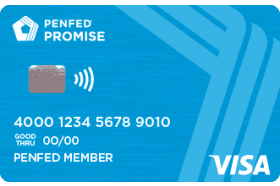



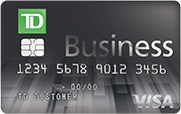

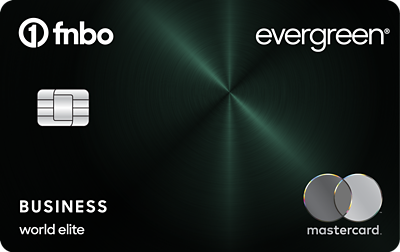
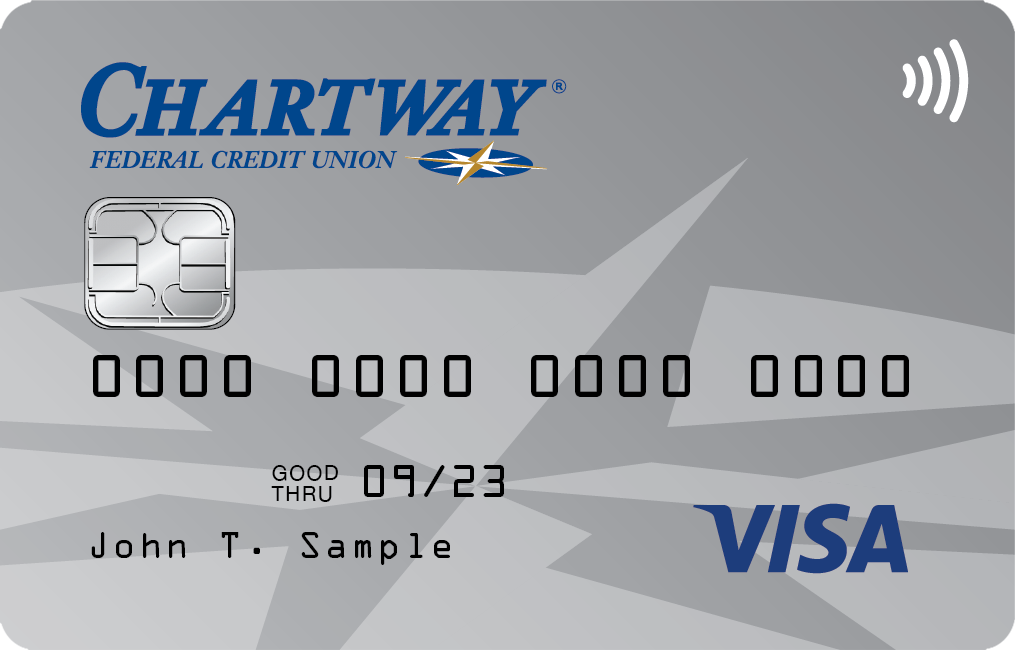



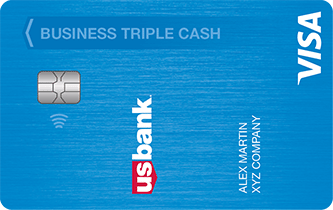

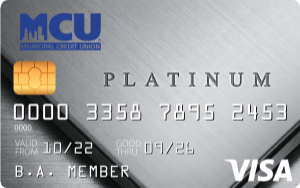
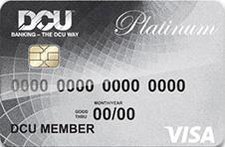
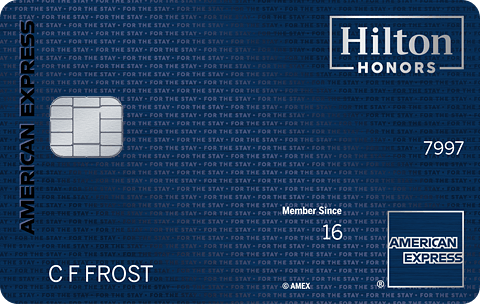


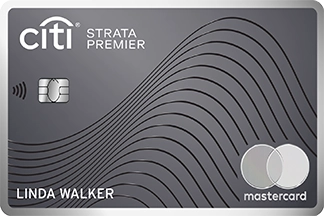

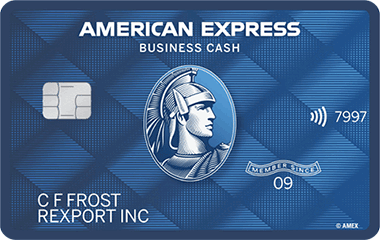
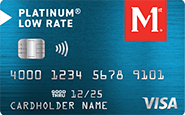
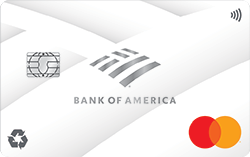


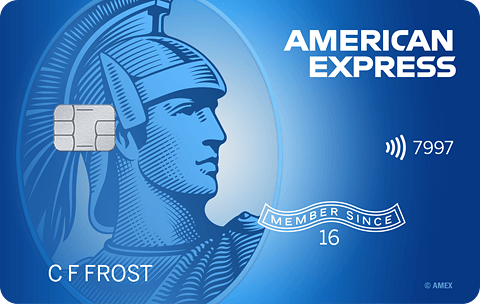
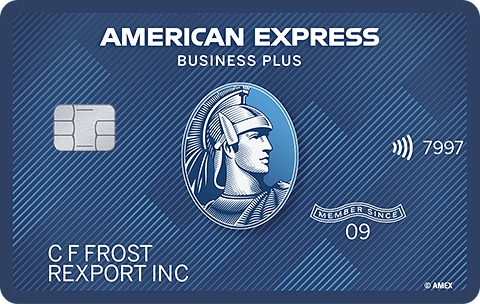



Total revolving limits 568220 (504020 reporting) FICO 8: EQ 689 TU 691 EX 682
- Mark as New
- Bookmark
- Subscribe
- Mute
- Subscribe to RSS Feed
- Permalink
- Report Inappropriate Content
Re: Credit Ratio Question
Never missing a payment is huge. Keep it up. ![]()
Keep in mind that:
Under 90% actually means 88.9% or below.
Under 70% actually means 68.9% or below.
Under 50% actually means 48.9% or below.
Under 30% actually means 28.9% or below.
Under 10% actually means 8.9% or below.
This is because all percentages round up. As an example, 49.00000001% rounds up to 50%, meaning that you're no longer under 50%.
If you're paying interest and want to cross a threshold, aim for 87%, 67%, 47%, 27%, or 7%. That'll prevent the next month's interest charge from knocking you back over the threshold you just tried to cross.
- Mark as New
- Bookmark
- Subscribe
- Mute
- Subscribe to RSS Feed
- Permalink
- Report Inappropriate Content
Re: Credit Ratio Question
While it's implied I suppose when the OP states that he hasn't missed any payments in 8 years on his ~32 cards, it should be clarified that he means that he hasn't missed any payments on any of his accounts. Someone could have 32 clean revolving accounts, but if they have just 1 major delinquency on a loan for example that would mean a dirty file verses a clean one.
- Mark as New
- Bookmark
- Subscribe
- Mute
- Subscribe to RSS Feed
- Permalink
- Report Inappropriate Content
Re: Credit Ratio Question
@AnonymousThank you for the advice. I've got to pick things up then.
I'm not sure what you mean by pick things up... but if you believe that I was in any way implying that you should spend more on your cards, that isn't the case. I was offering an illustration on how someone could spend 500% of their credit limit, yet still report a small (say 5%) utilization percentage, but don't want you to think that you should be putting any unnecessary spend at all on your CCs.